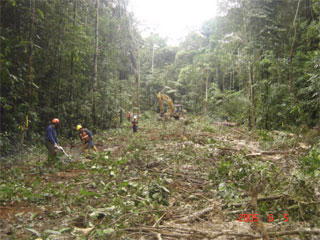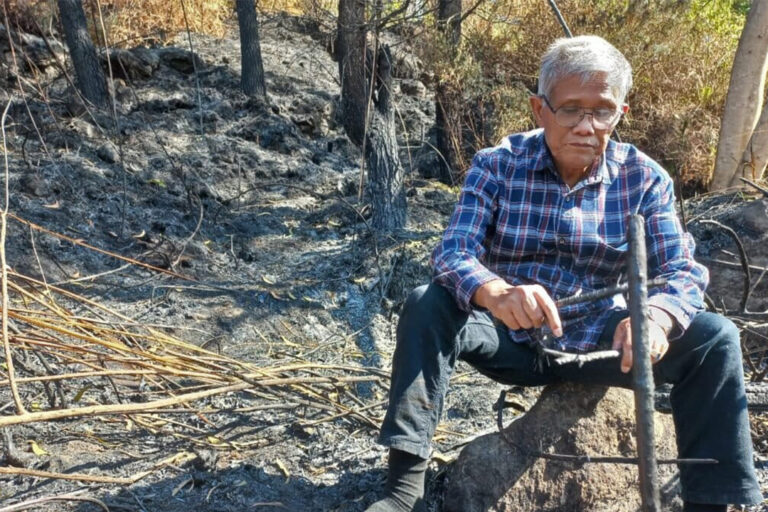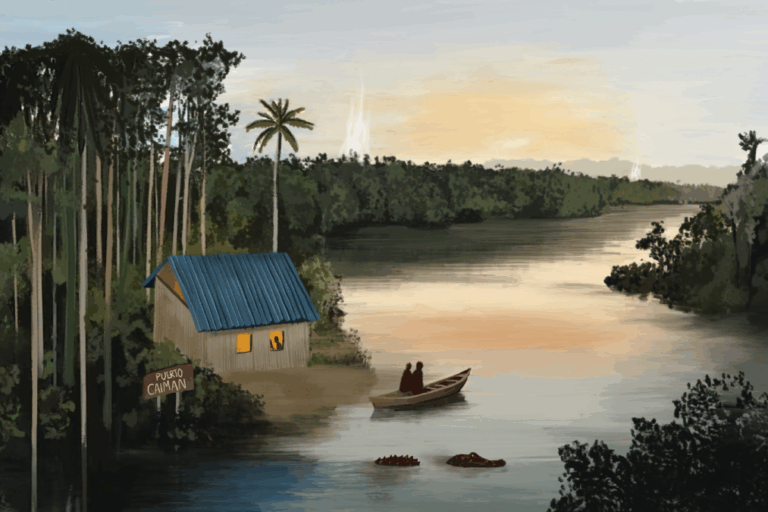Logging roads lead to disease, social breakdown in Ecuador rainforest communities
Logging roads lead to disease, social breakdown in Ecuador rainforest communities
mongabay.com
December 4, 2006
Logging roads are linked to increased incidence of diarrheal disease and new social problems among communities along the Ecuadorian coast, according to a new study published in the Online Early Edition of Proceedings of the National Academy of Sciences (PNAS) for the week of December 4-8, 2006.
Lead by Joseph Eisenberg, assistant professor of epidemiology at the University of Michigan School of Public Health, an international team of researchers examined diarrheal infections and social networks in 21 villages recently connected to a new government-constructed road network in the Choco rainforest of coastal Ecuador. They found that the new roads bring colonists to the region and allow villagers to travel more easily between villages and larger cities. Increased mobility increases the spread of bacteria, viruses and parasites according to Eisenberg.
“If you keep reintroducing strains of a given pathogen, you’re increasing the endemic population of pathogens,” he said. “The increased diversity and potency of the microbe population apparently offsets the improved health care that also comes with new roads. When you’re thinking about a road, you have to also think about these impacts that will take years to unfold.”
The study found that the incidence of E. coli bacteria, rotavirus and the protozoan parasite Giardia was correlated to roads proximity: the closer a village was to a road, the higher the infection rates. Eisenberg said that remote villages had infection rates up to eight times lower than those close to the new road.

Forest in preparation for an oil access road built by Brazilian oil company Petrobras. Image courtesy of Save America’s Forests’ Yasuni Rainforest Campaign. |
The study suggests that roads have a social impact as well with fast-growing towns experiencing “a breakdown of traditional social structure and supports, leading to poorer sanitation.”
Eisenberg said that Borbon, the boom town at the hub of the new road network, has grown to more than 1,000 homes and the local river shows signs of pollution.
In addition to regularly collecting samples to identify illness-causing pathogens from sick individuals, the team interviewed villagers about their social contacts and developed a “social network map as a way to measure social cohesion,” which “affects the maintenance of infrastructure” and “is relevant to disease transmission,” according to a media release from PNAS.
“The higher social cohesion is, the cleaner the village,” said Eisenberg.
PNAS notes that while “numerous studies have linked infectious disease with roads and road construction, including HIV transmission in Uganda and malaria in Peru, but the effects of roads on diarrheal diseases, which are a leading cause of mortality among infants and children under age 5, are relatively unknown.” Beyond disease, other studies have tied logging roads to bushmeat consumption and deforestation.
The researchers say their work could be used by development agencies when they decide to fund road projects.
“When international agencies like the World Bank make decisions about whether to invest or how best to proceed in large-scale infrastructure projects… few studies of the health effects of roads exist, particularly with respect to infectious disease transmission,” wrote the authors. “This analysis provides insight into the interactions between roads, the social and environmental processes that they affect, and the resulting impacts on the health of human communities. These complex causal pathways suggest that efforts to mitigate the negative effects of roads should consider a larger range of their short- and long-term health implications.”
Citation: Eisenberg et al.: “Environmental change in the form of new roads affects the transmission of diarrheal pathogens in rural Ecuador.” Published in Proceedings of the National Academy of Sciences (PNAS) for the week of December 4-8, 2006
This article is based on a news release from PNAS.














